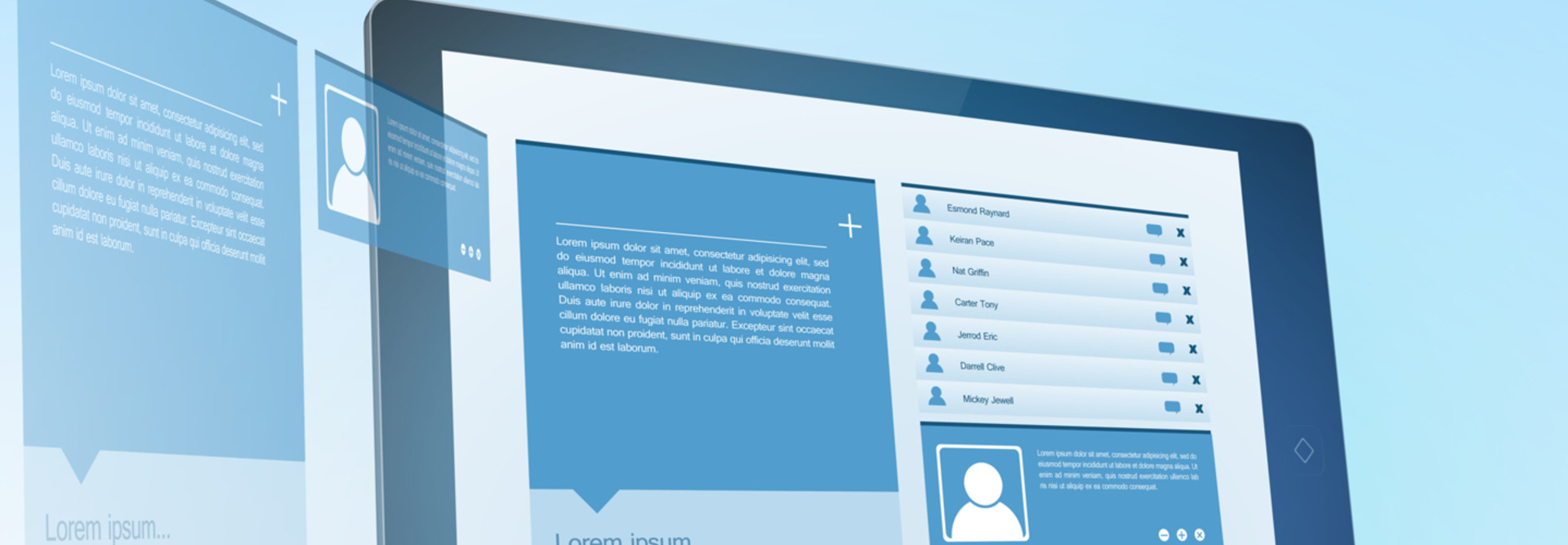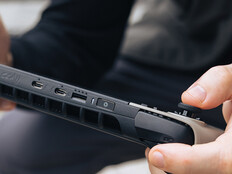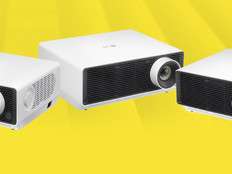Natural User Interfaces Will Make Technology Easier to Use
The computing interfaces featured in movies such as Minority Report and Iron Man seem futuristic, but they're available today and will eventually arrive in the workplace.
Imagine training public-safety workers on disaster response without putting them in harm's way. Consider testing a construction project without even breaking ground. Or what if a citizen could request and access county tax records while driving? Making any of these scenarios possible requires a variety of technologies, but they all have at least one thing in common: natural user interfaces (NUIs).
NUIs let people interact with computers through gestures or speech, and can tap facial recognition, 3D visualization and immersive environments to deliver hands-free services. The technology offers great potential for customer service, fieldwork, training, medicine and more, according to Ted Hall, advanced visualization specialist with the University of Michigan 3D Lab.
Seizing Control
Microsoft released a Windows version of its Kinect motion sensor and offers a software development kit to spawn a whole new class of apps controlled by gesture and voice. Meanwhile, Apple's patents for the technology behind the voice assistant Siri reveal the company foresees using it for a variety of devices, including notebooks and onboard vehicle systems.
Then there's a $70 controller from Leap Motion that lets users interact with computers — without touch — by moving their hands and fingers. Programmers have used the controller to create apps for productivity, education and data visualization, and playing or composing music, according to Leap Motion. The manufacturer also is partnering with ASUS to bring the controller to high-end notebooks and all-in-one PCs.
The Here and Now
At the University of Michigan's 3D Lab, scientists and researchers have used NUIs as part of the Michigan Immersive Digital Experience Nexus, an advanced audio-visual system for virtual reality.
And IT solutions provider InfoStrat has demonstrated an emergency response application that leverages tablets, Microsoft's Kinect, a multiuser computer table displaying digital maps of a disaster area, and immersive video conferencing that links multiple sites. The prototype enables hands-free navigation of the map. "This shared glass and gesture interface fostered a much better, more natural collaboration experience than your typical video conference," explains Josh Wall, director of InfoStrat's Advanced Technology Group.
Ultimately, NUIs will make technology easier to use and more valuable. As Rachael Miller, a student and researcher with the University of Michigan 3D Lab says, "The world that we live in isn't two dimensional — why should our interfaces be?"









